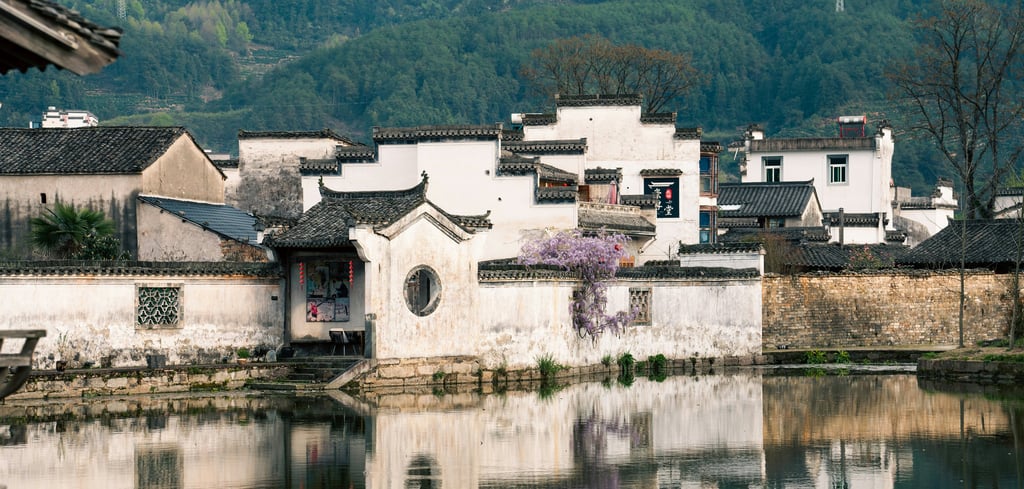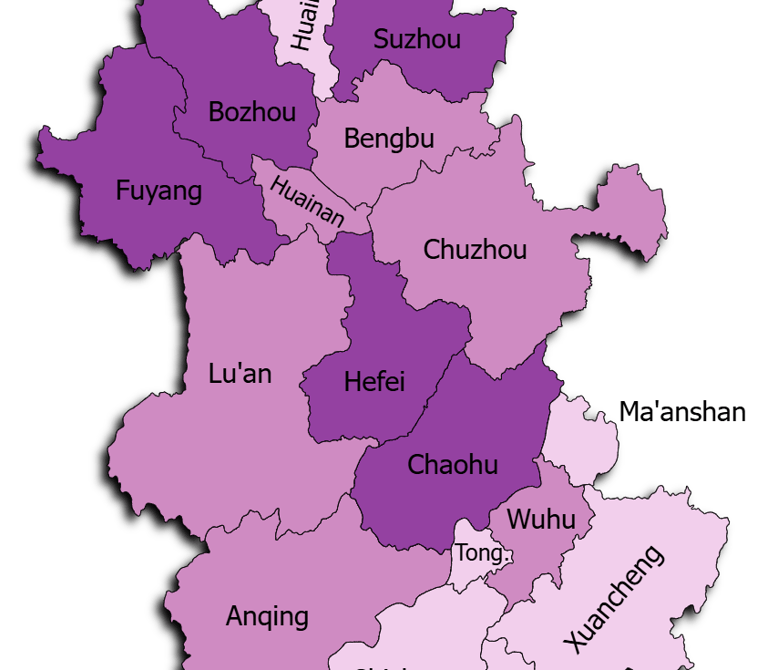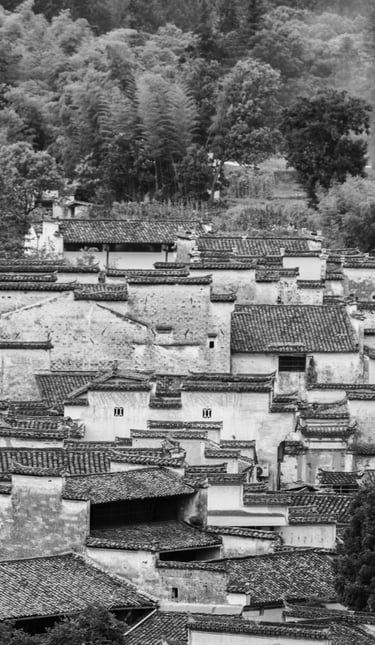Cities in Hebei


Introduction
Hebei is located in northern China and surrounds Beijing and Tianjin. The province includes plains, mountains, and coastal areas along the Bohai Sea. It is known for its role in Chinese imperial history, significant industrial development, and important cultural heritage linked to the Great Wall, ancient cities, and traditional northern culture.


Shijiazhuang is located in the south-central part of Hebei, on the North China Plain. The city has a population of about 11 million and sits around 300 km from Beijing. It is a modern administrative center with an industrial and educational role in the region.
Shijiazhuang is known for its industrial base, especially pharmaceuticals, textiles, and equipment manufacturing. It also has an academic presence, including Hebei Normal University and Hebei University of Science and Technology. Historically, the city developed as a major railway junction, which shaped its economic structure. Some surrounding areas host traditional villages and historical sites related to Hebei’s development.
📍 Main places to visit include Zhaozhou Bridge, Cangyan Mountain, Hebei Museum, Longxing Temple, Xibaipo Memorial Site.
Shijiazhuang (石家庄)
Tangshan (唐山)
Tangshan is located in eastern Hebei near the Bohai Sea, with plains and low hills surrounding the area. The city has a population of about 7 million and is around 160 km from Beijing. It is known for its industrial identity and long rebuilding history.
Tangshan is recognized as one of the centers of China’s heavy industry, especially steel manufacturing and coal mining. It also holds historical significance as one of the earliest sites of modern railway development in China. Over recent decades, the city expanded into ceramics, energy, and port logistics. Cultural museums and memorial sites reflect both industrial growth and historical resilience.
📍 Main places to visit include Eastern Qing Tombs, Kailuan Mine Museum, Nanhu Eco Park, Tangshan Earthquake Memorial, Laoshan Mountain Scenic Area.




Handan is located in southern Hebei near the border with Henan and Shanxi, in a region of plains and river valleys. The city has a population of about 9 million and sits about 350 km from Shijiazhuang. It has a deep historic identity as an ancient warring state capital.
Handan is especially known for its historical heritage. It served as the capital of the State of Zhao during the Warring States period, influencing military, diplomatic, and cultural development in northern China. The city hosts ancient stone carvings, archaeological ruins, and cultural collections linked to early Chinese civilization. Its industrial economy includes metallurgy, machinery, and energy.
📍 Main places to visit include Zhao King City Ruins, Wuling Congtai Terrace, Xiangtangshan Caves, Guangfu Ancient Town, Hanshan Temple.
Handan (邯郸)
Qinhuangdao (秦皇岛)
Qinhuangdao is located in northeastern Hebei along the Bohai Sea, with coastal plains and forested hills. The population is around 3 million, and it sits approximately 300 km east of Beijing. The city is known as a port and coastal tourism area.
It is famous for Shanhaiguan, where the Great Wall meets the sea, and for maritime research institutes. The region includes port facilities for trade and energy transport, as well as nature reserves with coastal wildlife.
📍 Main places to visit include Shanhaiguan Pass, Laolongtou (Old Dragon Head), Beidaihe Scenic Area, Qilihai Wetland.
Baoding (保定)
Baoding lies in central Hebei on the North China Plain. The city has a population of about 10 million and is located around 140 km from Beijing. It is often regarded as a traditional regional administrative and educational center.
Baoding is known for historic government institutions, traditional architecture, and growing universities. The city played an important role during imperial governance and later developed industries including textiles, energy equipment, and electronics. Scenic lakes and mountains contribute to cultural tourism.
📍 Main places to visit include Ancient Lotus Pond, Western Qing Tombs, Baoding Military Academy, Mancheng Han Tombs.




Chengde (承德)
Chengde lies in the northeast of Hebei, in a mountainous area near the boundary with Inner Mongolia. The city has a population of about 3 million and is roughly 230 km northeast of Beijing. It serves as a historical and cultural center with notable imperial heritage.
Chengde is best known for the Chengde Mountain Resort and its surrounding temple complexes, built as the imperial summer residence during the Qing dynasty. The city hosts a large ensemble of Qing-era temples and monasteries, reflecting Mongolian, Tibetan, and Han influences. Chengde’s heritage is protected as a UNESCO World Heritage site.
📍 Main places to visit include Chengde Mountain Resort, Puning Temple, Putuo Zongcheng Temple, Eight Outer Temples.
Zhangjiakou (张家口)
Zhangjiakou sits in the northwest of Hebei, in a mountainous and plateau region near Inner Mongolia. The population is around 4 million, and the city is about 190 km from Beijing. It has a strategic location historically connected to northern border defense.
The city is known for its role in Great Wall frontier history, as well as modern development linked to renewable energy and winter sports. Recent investment strengthened research, infrastructure, and regional cooperation.
📍 Main places to visit include Chongli District, Dajingmen Gate of the Great Wall, Yangyuan Ancient Sites, Wanlong Scenic Area.




Navigation
Main Menu
nathan.china-sphere.com
© 2025. All rights reserved.